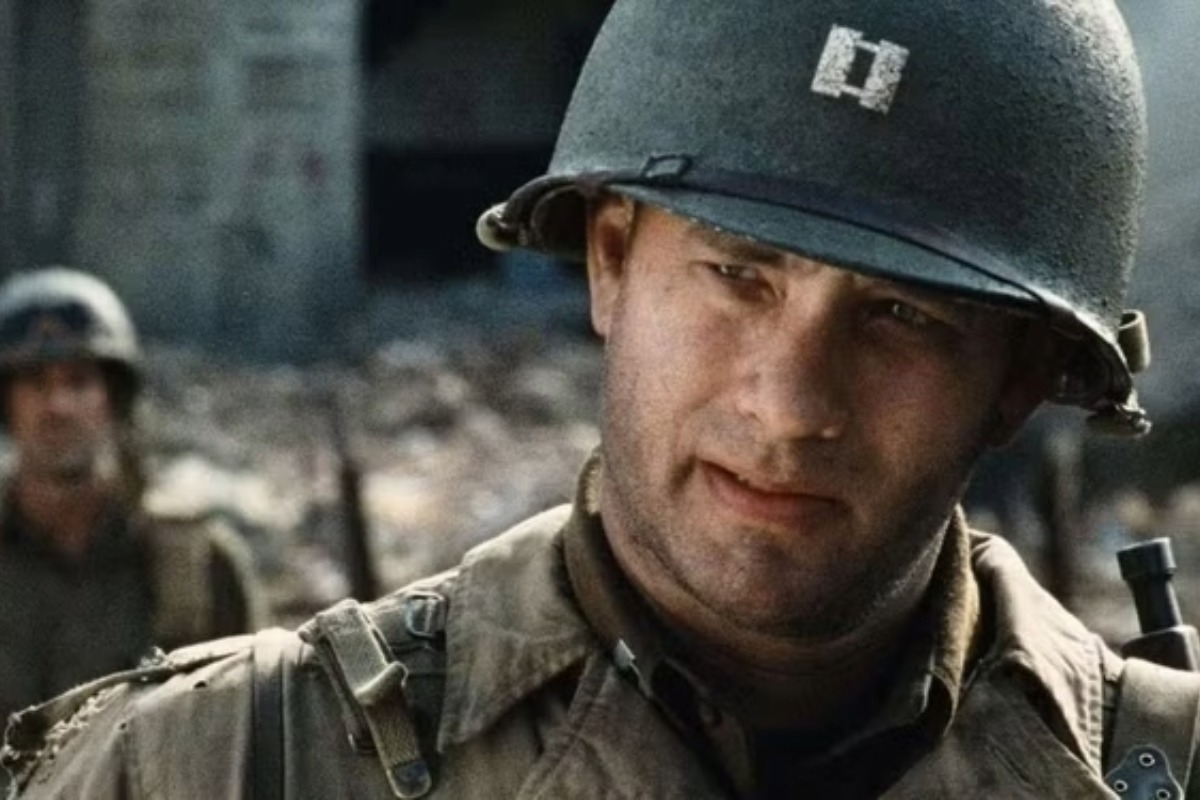Shot in 1998, it still sends today’s audiences ducking in their seats. How did a single battle scene rewrite cinema’s rules while making viewers question what they think they know about war?
Released in 1998, Steven Spielberg’s Saving Private Ryan opens on Dog Green sector of Omaha Beach with a clarity so raw it still unsettles in October 2025. Shot with jagged handheld urgency, the sequence trails Captain Miller and his men as they spill from landing craft into a hail of sand, steel, and screams, while a sharpshooter like Jackson finds fleeting purpose amid the chaos. Determined to strip away mythology and show the grim reality of June 6, 1944, Spielberg reframed how cinema looks and listens to war, earning him Best Director along the way. What endures is less spectacle than a benchmark for how combat can be shown on screen.

A battle that redefined cinematic history
Twenty-seven years ago, Steven Spielberg led audiences back to June 6, 1944. With the 1998 release of Saving Private Ryan, he delivered a work that did more than entertain. Its depiction of the Omaha Beach landing struck with unprecedented force, searing itself into collective memory for its raw immediacy and emotional power.
The harrowing details of Omaha Beach
Opening on the Normandy landings was a daring choice, and Spielberg refused to soften the experience. Soldiers spill out into the blood-soaked Dog Green Sector under relentless fire, the camera locking us into the terror of every second. Captain Miller (Tom Hanks) and the sharpshooter Jackson move through the chaos with fragile resolve, their fear and courage shown in stark, human terms.
The craft behind this 24-minute opening is meticulous. Handheld shots create disorientation, the desaturated palette brings a grim authenticity, and the sound design overwhelms with rattling bullets and anguished cries. The result is not just innovative technique but a bracing impression of history unfolding at ground level.
Sobering realism over glorification
Unlike earlier war films that leaned into spectacle, Saving Private Ryan commits to authenticity. Spielberg rejects romanticized heroics, presenting war as chaotic, brutal, and tragic. The point is not triumphalism but the cost paid by those who fought.
This approach centered the human element over stylization. By refusing to sanitize the experience, the film reset expectations for the genre and challenged filmmakers to treat combat with unflinching honesty.
Spielberg’s vision and the enduring impact
Spielberg has often noted how personally he felt this story, seeking to honor his father’s generation and their sacrifices in World War II. The commitment resonated widely. The film earned him an Oscar for Best Director and garnered multiple awards, while its visceral style influenced filmmakers and even shaped the tone of modern war video games.
Nearly three decades on, the film’s innovations still ripple through cinema. Its immersion into the chaos of D-Day changed how war is visualized, blending technical mastery with moral clarity.
A legacy etched in cinema
In 2025, Saving Private Ryan remains a cultural touchstone. Its unrelenting opening sequence endures as one of the most visceral moments ever put on screen, a reminder that war stories must carry the weight of remembrance. Spielberg’s achievement continues to grow in stature, deepening respect for the sacrifices behind the history it confronts.

